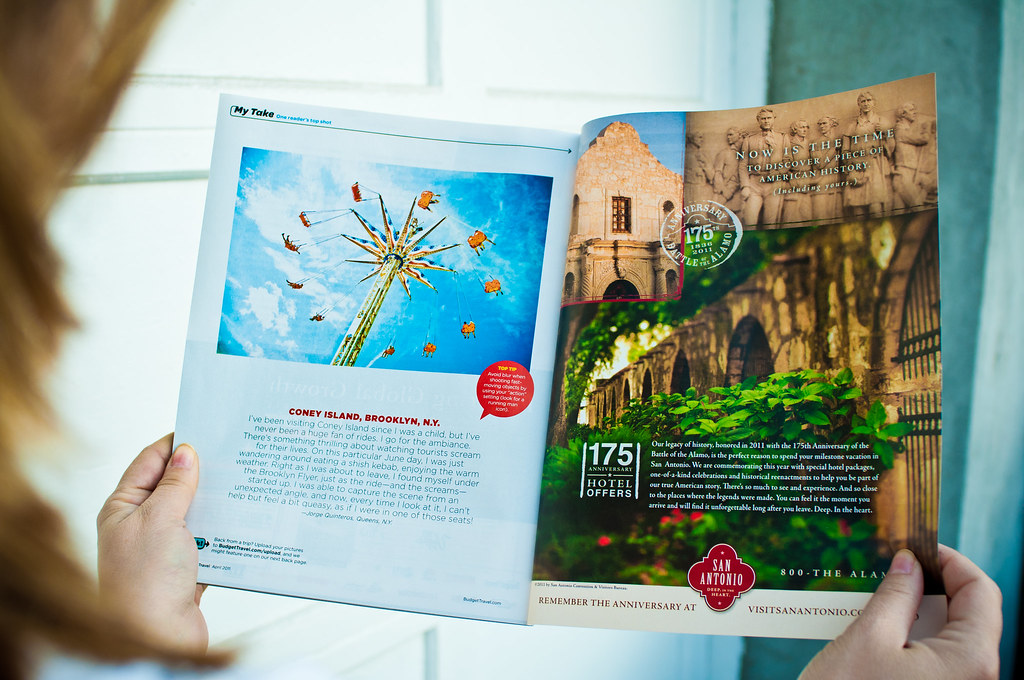Have you ever marveled at the remarkable creativity of ancient survival tactics? Prepare to be astonished again as we explore a captivating story that intertwines human ingenuity with nature, highlighted by the clever use of baboons to uncover vital water sources in arid landscapes. This narrative not only imparts essential lessons about survival and adaptation but also celebrates the intricate relationships within nature’s ecosystems and the profound bond between humans and animals.
In the heart of the perilous Kalahari desert, where water equates to priceless treasure, a moment that encapsulates survival ingenuity unfolds. The remarkable nature documentary ‘Animals are Beautiful People’ by Jamie Uys recounts the tale of a Bushman’s clever method for securing water, the lifeblood of existence. Since its release, this documentary has left a lasting impression, illustrating how the Bushman, amid the vast and unyielding desert, utilizes the local wildlife—specifically, a baboon—to unveil concealed water sources.
Baboons, known for their instinctual knowledge of hidden water supplies, become the unwitting guides in this survival narrative. To capture a baboon’s attention, a deep hole is carved into an old tree trunk and filled with watermelon seeds, a technique that is both simple and effective. The baboon is inadvertently ensnared as it reaches for the seeds, unable to escape through the narrow opening with its fist closed. The Bushman then steps in, capturing the baboon not for harm, but for a mutually beneficial partnership.
The next phase leverages the baboon’s natural instincts. By offering the creature salt, a rare commodity in the desert, the Bushman induces a profound thirst in the animal. This once-captured baboon becomes a guide at dawn, leading the Bushman to a hidden cave brimming with fresh water. This clever tactic not only showcases the Bushman’s survival skills but also highlights a fascinating aspect of animal behavior and the potential for symbiosis between humans and nature.

Interestingly, the idea of using salt to enhance thirst resonates in modern contexts, like providing complimentary salted peanuts at bars to boost drink sales. This tale serves as a reminder of the intricate relationships that define our natural world and the primal instincts that often govern human behavior.
The quest for water in the desert is just the beginning of this narrative. It sparks a broader conversation about the role of salt in our diets and its impact on our health, particularly concerning blood pressure and hypertension. Balancing our sodium intake, which our kidneys regulate, is vital for maintaining our body’s sodium levels. Consuming excess salt can increase blood volume and potentially lead to high blood pressure, posing significant health risks.
Beyond entertainment, this story educates readers about the physiological effects of salt and the importance of maintaining a balanced diet. It also lays the groundwork for deeper exploration into dietary approaches to manage hypertension, such as the DASH diet, which represents promising treatment and prevention strategies to be discussed later.
The tale of the Bushman and the baboon transcends mere survival in the harsh Kalahari desert. It stands as a striking testament to human creativity, the complexities of animal behavior, and the intricate interdependencies that shape our world. As we admire the ingenuity behind the Baboon Salt Trap, we are reminded of the invaluable lessons it offers regarding our natural environment and our health and wellness challenges. Such narratives weave through the rich tapestry of life, connecting us to our past, enlightening us about the present, and guiding us toward a future where nature’s wisdom continues to inspire and inform.
Related posts:
Urology Pearls: How to fool a baboon in the desert
What lessons can we learn from bushmen about money? The Baboon Salt Trap





